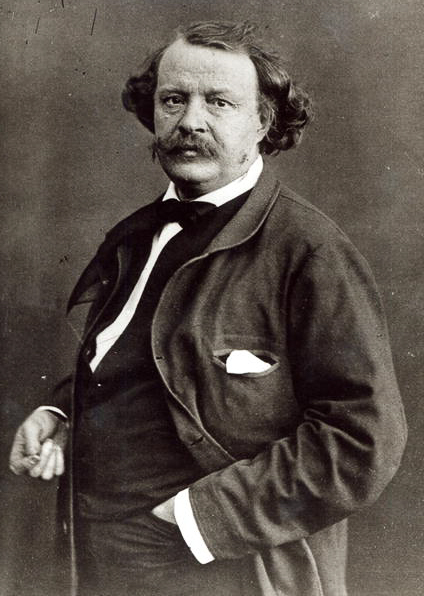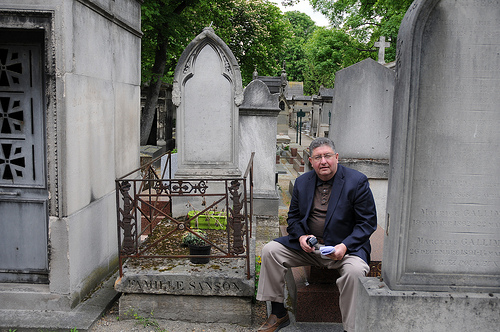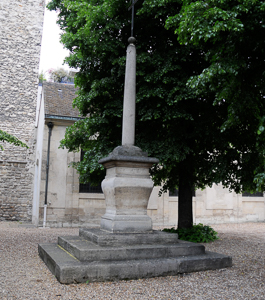I am going to begin writing some blogs on individuals we plan to feature in the seventh and last volume of the series on Paris. Once we publish the two volumes of Where Did They Put the Gestapo Headquarters? A Walking Tour of Nazi Occupied Paris (1940-1944) later this year, we will begin Where Did They Bury Jim Morrison, the Lizard King?. It is a walking tour of curious Paris cemeteries. While there are many books on Paris cemeteries (Père Lachaise in particular), they all seem to have one thing in common: they highlight or take you to the same famous occupants (e.g., Oscar Wilde, Edith Piaf, and yes, even Jim Morrison). In other words, the authors don’t seem to differentiate their books. So, I decided our book will be different. We will introduce you to people you’ve likely never heard about. These are people with very interesting accomplishments and life stories but like much of history today, they are now forgotten.

Our subject today was a narcissist, self-confident, and self-promoting artist who led an extremely interesting and exciting life. Packed into his ninety-years, Gaspard-Félix Tournachon (1820-1910) hosted the first impressionist art show, took the world’s first aerial photograph (and first underwater photo), embarked on daring balloon rides, built a huge glowing (red gas) sign across the front of his Parisian studio, co-founded a luxury literary journal at the age of nineteen (he persuaded Alexandre Dumas and Honoré de Balzac to contribute), wrote literary articles, began the first airmail service, and became a sought after illustrator/caricaturist. However, his international fame both then and now is based on the legacy of being the world’s first celebrity photographer.
Did You Know?
Did you know that King James VI of Scotland (as well as being James I of England) was the most prolific witch-hunting monarch in history? He even wrote a book, Daemonologie, to convince people that witches were real and to vigorously pursue their persecution. He claimed a witch’s crime to be “high treason against God.” Between 1450 and 1750, more than 100,000 people (mostly women) were tried as witches with about half of them were put to death. Scotland arrested and tried around 4,000 suspected witches. King James personally sat in on many of the “interrogations” where the women would ultimately confess under torture. After he called Agnes Sampson a liar during an interrogation session, she went up to him and whispered in his ear exactly what he had discussed with the queen while in bed the prior evening. Up to that point, the king had not been convinced of her guilt but being that she was correct, he pronounced her guilty. As to Agnes’s fate, she was burned at the stake.
Let’s Meet Nadar
Félix Tournachon and his younger brother, Adrien (1825-1903), were born in Paris where their father, Victor Tournachon, was a printer and bookseller. Félix studied medicine but after his father died, Félix quit and joined the bohemian crowd. However, he had developed a love for reading and his favorite authors were Victor Hugo and Alexandre Dumas. His first jobs were as a journalist and caricaturist. Félix was given his nickname, “Nadar”, by a friend in 1839 and he immediately began using it as his pen name for the articles he wrote for newspapers and magazines. Nadar married Ernestine (1836-1909) in 1854 and they had one son, Paul (1856-1939). Read More The First Celebrity Photographer



